Nestled in the foothills of Eastern Himalaya, in the hinterlands of Assam, is Manas National Park, a paradise for wildlife and nature lovers. Apart from being a UNESCO World Heritage site, Manas also has other laurels to its name. It’s a tiger reserve, elephant reserve, and also a biosphere reserve.
From its tumultuous history which resulted in the extinction of one-horned rhinoceros (and thus stripping of UNESCO World Heritage site), to laudable efforts in conservation leading to over 40 rhinos at present (and rehabilitation of the UNESCO World Heritage status), Manas National Park in the North East state of India has seen it all.
Giving you a detailed overview of this much loved national park of Assam in this post.
If you’d prefer watching a video on Manas National Park, then here you go:
Where exactly is Manas National Park?
It falls under the Bodoland region, an autonomous region in Assam. And while Bodoland is still under the tourist radar, the national park is quite popular and attracts a significant number of wildlife enthusiasts and for good reason.
Animals in Manas National Park
The national park’s incredible biodiversity includes animal species that are endemic to this region like the Golden Langurs, Gangetic Dolphins, one-horned Rhinoceros, and clouded leopard — most of which are critically endangered species.
Statistically speaking, there are about 1000 elephants, 1000 gaur (Indian bison), and about 30 tigers identified in the national park.
Most of the wildlife identification is done with the help of over 1000 cameras in the national park, and they track the movement of tigers and other animals wandering freely in the park.
Did you know? The stripes on a tiger are more like fingerprints and are unique to each tiger.
Birds in Manas National Park
The national park boasts the highest population of Bengal Florican which is in the critically endangered list. A travel consultant to the Ministry who was on official duty stated that this is probably the only region in the world where sighting a Bengal Florican is almost guaranteed.
Also, there are good chances of sighting the Great Hornbill as well.
Around 380 species of birds can be found in this region. Most notably, red-headed drongo, Rufous-necked Hornbill, and so on.
Royal Manas National Park
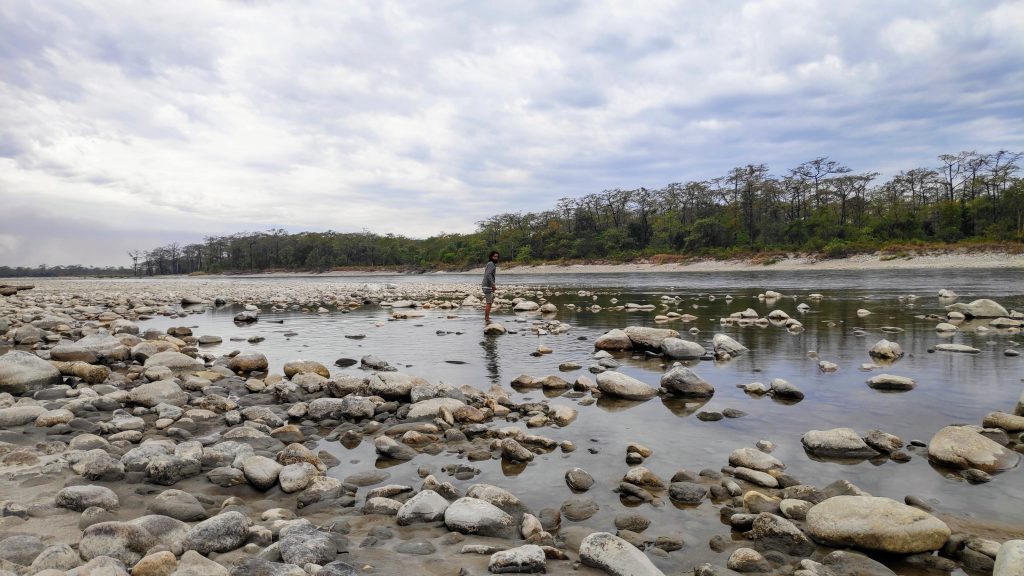
While Manas National Park provides a safe shelter to animals in its 950 square kilometers area, the park stretches far beyond its borders to over 1000 square kilometers of Royal Manas National Park in Bhutan. Which goes without saying, that the wild animals can roam freely between India and Bhutan without any visa restrictions for as much as they want, as long as they want. Or maybe they just don’t care. Sigh! Maybe animals are better off than humans in many ways! Maybe, just maybe.
Ruminations aside, Manas is a transboundary national park, shared between India and Bhutan separated by a pristine river.
To give you a background, Royal Manas National park is the oldest nature preserve in the Kingdom of Bhutan. Gulephu, a sleepy little town just across the border from India, also serves as a gateway to the Royal Manas National Park. The Bhutanese side of the national park is said to be more hilly, and pristine than the Indian side. However, it is not a UNESCO World Heritage site yet.
When on a safari in Manas National Park, while you cannot cross over to Bhutan, you can go all the way to the border and get a glimpse of the Bhutanese landscape.
Gloomy history of Manas National Park

While Manas National Park is in safe hands now, it hasn’t always been the case. From 198os till 2003, the park was engulfed in armed conflict and it was a tumultuous time for the national park. This caused one-horned rhinoceros in Manas (endemic to the Indian sub-continent) to be wiped out. In 1992, UNESCO declared Manas as a World Heritage Site in danger due to armed conflict in the region, and poaching activities.
Thankfully, things have changed for the better since then.
Conservation efforts in Manas National Park
In 2003 the local leaders and activists came together to create Manas Maozigendri Ecotourism Society in Koklabari Mouza in the Baksa district of BTC. It mainly focussed on community-based movement, and successfully converted poachers into conservationists.
I had the fortune to meet the ex-poachers and converse with them, and it was heartening to listen to their stories. More on that in another post.
Also, they were successful in re-introducing rhinos into Manas National park from the nearby Kaziranga National Park. As a result of this brilliant initiative, the population of one-horned rhinoceros stands at 40 today. It’s a great conservation success story, one that has brought Manas into the forefront of wildlife conservation. And resulted in UNESCO removing Manas from World Heritage site in danger list in 2011.
Also, like one-horned rhinoceros, swamp deer that had gone extinct has also been rehabilitated in the national park.
When is the best time to visit Manas?
Starting February, the forest department incorporates systematic burning of forest areas to limit wildfires. This ensures grasslands are empty and offers more visibility of animals. So, it’s a good idea to visit Manas National park in February or March.
Also, note that the park remains closed from June to September due to the possibility of heavy rains or floods.
Things to do in Manas National Park
Go on a morning Jeep Safari
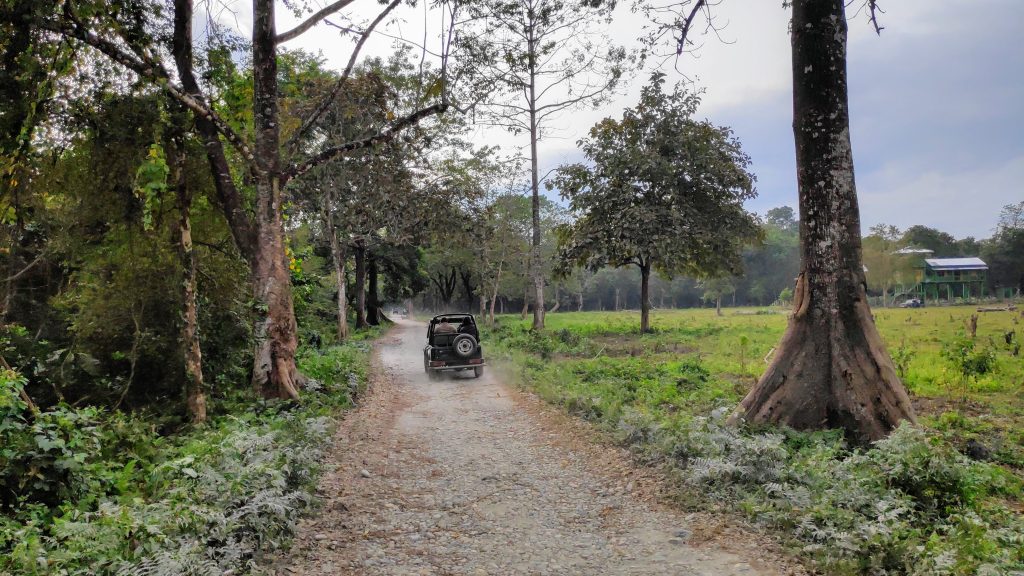
It starts at 9:30 AM in the morning and goes up to 3:30 PM or so. The driver usually doubles up as the guide and the forest guard will also join. While you’re on a safari, use these tips to scale up your wildlife photography skills.
How much does it cost for a Jeep Safari in Manas National Park
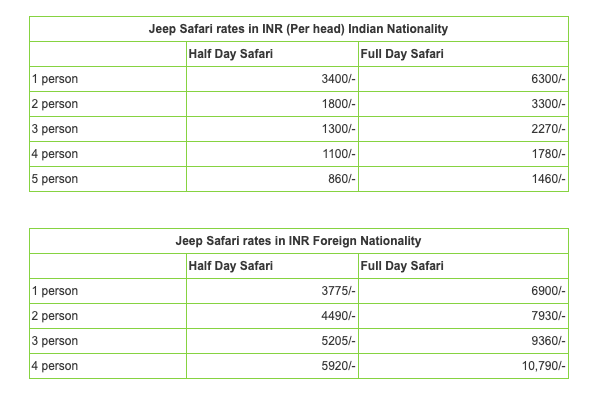
Half-day Safari
Indians: Rs. 4000/- per jeep.
Foreigners: Rs. 23,000 per jeep (4 people).
Full-day Safari
Indians: About Rs. 7000/- per jeep
Foreigners: About Rs. 43,000/- per jeep (for 4 people).
Extra safari charges
Photography
Indians: Rs. 50/-
Foreigners: Rs. 500/-
Videography
Indians: Rs. 500/-
Foreigners: Rs. 1000/-
Elephant Safari: To do or Not to do?
Like Kaziranga, there’s an option of elephant safari in Manas National Park. Personally, I wouldn’t try elephant safari as I feel the elephants are exploited most of the time, and the bottom line is elephants are supposed to be in the wild. Having said that, I have seen better conditions for elephants here (only 2 tourists on top of the elephant) as opposed to other national parks in India. And it’s a tricky situation, as these are already tamed elephants that cannot be left in the wild anymore. And it’s not an easy task securing enough funds to take care of the exorbitant costs of taking care of an elephant. While I have a lot to say on this topic, I’ll keep this short for now. Maybe write another post later.
Don’t miss out on bird Watching
Manas National Park is not just famous for its one-horned rhinoceros or clouded leopard. It’s heaven for avid bird watchers too. If you are going on a safari or staying in the vicinity of the national park, chances are that you’ll sight quite a lot of birds in this region. Carry a binocular with you as it’s going to come in handy.
River Rafting

While safari is what calls tourists to Manas National Park, there’s enough to keep you occupied when you are there. Adrenaline junkies wouldn’t want to miss out on river rafting.
Usually, the lodges would arrange for rafting. So check-in with your hotel once you have booked. Typically better to give a couple of day’s notice so that they can arrange it for you.
Things to carry for a safari in Manas National Park
- Preferably wear full-sleeved shirts.
- Carry a shawl to cover yourself up.
- Carry water bottles and snacks.
- A pair of binoculars if possible.
Since its a national park, know that you’re going to be covered in an inch of dust from head to toe. Not exaggerating!
Where to stay in Manas National Park
While staying inside the national park is prohibited, there are some good places to stay in the vicinity.
- Smiling Tusker Elephant Lodge: We stayed here for a couple of days while exploring Manas National Park and I highly recommend them. They have cozy and comfortable cottages, delicious food, and the whole staff and owner are friendly. Also, they are caretakers of two elephants Ratnamala, and Jayamala who call this their home. The rooms are non-AC and come attached with a toilet. Cost: Rs. 3900/- per night.
- Musa Jungle Retreat: If you are looking for a dose of luxury, then make yourself at home at Musa Jungle Retreat which is spread across sprawling 8 acres of land with 20 cottages to its name. Starting from Rs. 4500/- per night to villas going up to Rs. 12500/- per night. Check out prices and book your stay here.
Find more accommodation options here.
How many days to stay in Manas National Park
I feel a minimum of 2 nights and 3 days to soak in the experience of the national park. Half a day would go in the safari, and the evening could be spent relishing the local performances organized by the lodges. If you planning to do river rafting, then count in another day. Followed by nature or elephant walks by the tea plantations would be a good idea too.
Disclaimer: I was hosted in Manas as part of a media trip to Bodoland with Bodoland and Assam Tourism on a fully sponsored trip. But like always, all the opinions, and recommendations here are entirely my own.

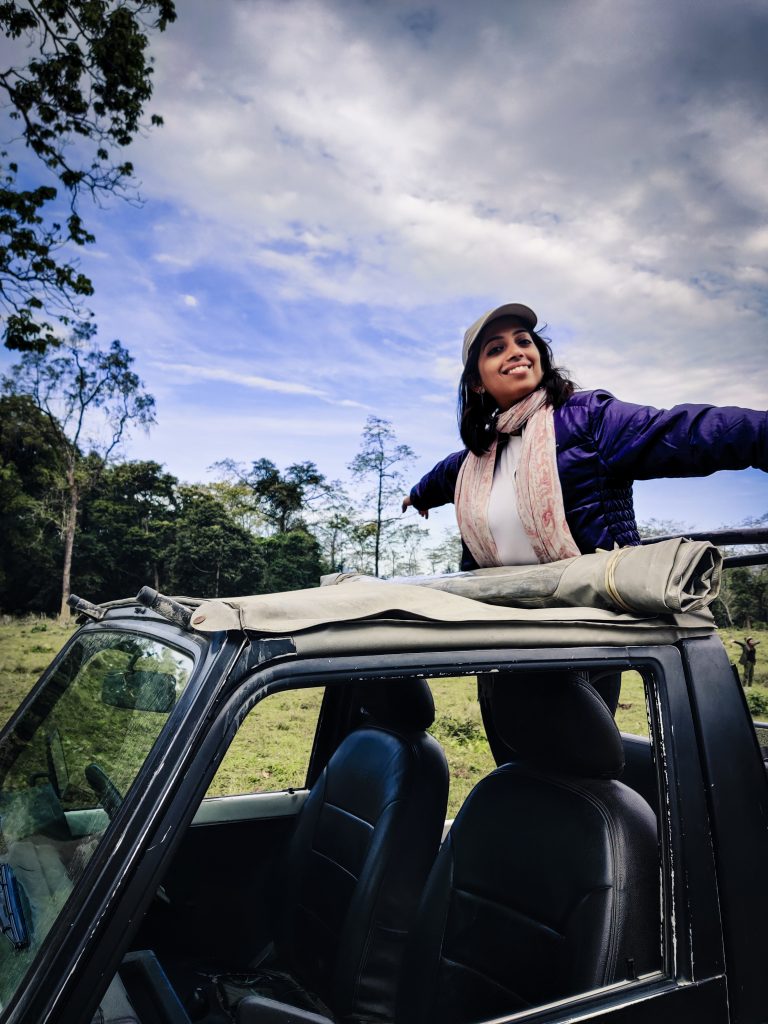

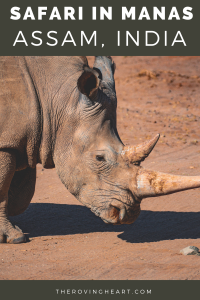
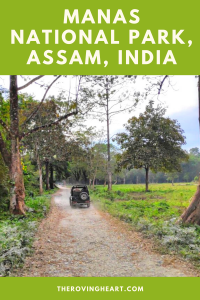
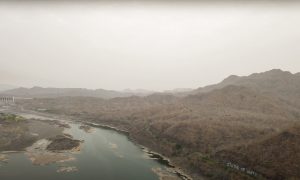


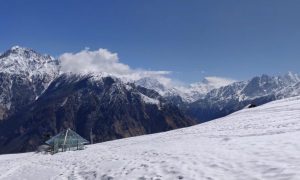
Comments
3 CommentsRakesh Kumar
Feb 5, 2020Thanks for sharing this informative article, now im also planning to visit thi splace.
Nishi
Jul 24, 2020Wow, such an awesome National Park I have never planned a trip to National Parks till now. By reading this blog excited to explore such a great park where can spend 2 days. Such brief information for travelers. Thanks for sharing!
Best Countries to See Big Cats in the Wild – Waking Up Wild | Waking Up Wild
May 26, 2021[…] is home to many tiger reserves such as the Kanha Tiger Reserve, Bandhavgarh Tiger Reserve, and Manas National Park. Jeep safaris will take you into the tiger’s home at the break of dawn and later just before […]